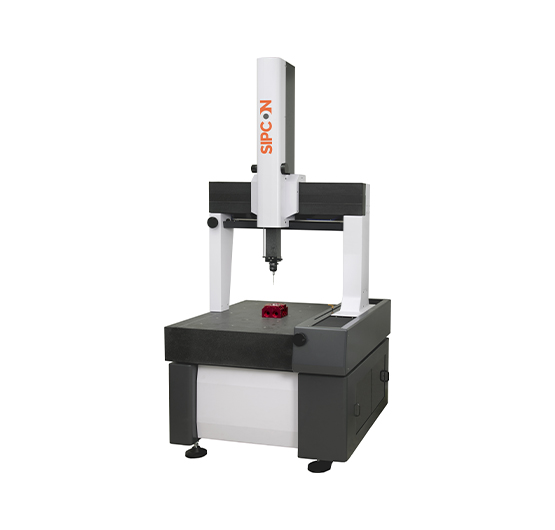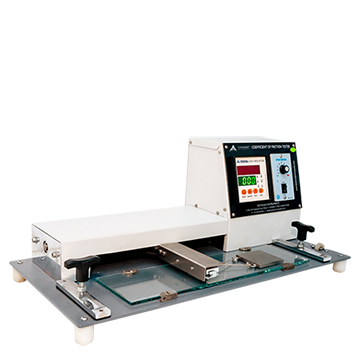ServiceNow’s Impact on Cybersecurity Best Practices

In this blog, we are going to discuss ServiceNow’s Impact on Cybersecurity Best Practices.
Before moving further, you can get accredited with this ServiceNow online training certification available online so as to comprehend application development’s core principles on the ServiceNow Platform, which would assist you in improving your professional career.
Introduction: Overview of ServiceNow’s role in cybersecurity
As the cybersecurity landscape continues to evolve, organizations are turning to platforms like ServiceNow to streamline their security operations. ServiceNow plays a vital role in cybersecurity by offering a centralized platform for managing security incidents, vulnerabilities, and compliance requirements. With its powerful automation and orchestration capabilities, ServiceNow enables organizations to respond to security threats more effectively and efficiently.
Moreover, ServiceNow’s integration with various security tools and technologies empowers teams to gain real-time visibility into their security postures. This not only helps in identifying potential threats but also facilitates proactive threat hunting and incident response. Additionally, by providing a unified view of an organization’s entire IT infrastructure, including applications, networks, and endpoints, ServiceNow enhances the overall cybersecurity posture by enabling better risk assessment and remediation strategies. In essence, ServiceNow serves as a force multiplier in the realm of cybersecurity best practices by promoting collaboration across different functions within an organization and driving informed decision-making based on actionable insights.
Evolution of Cybersecurity Practices
The evolution of cybersecurity practices has been closely intertwined with the advancements in technology and the increasing sophistication of cyber threats. In the early days, cybersecurity was mainly focused on building firewalls and installing antivirus software to protect against basic attacks. However, as technology rapidly progressed, so did the methods used by malicious actors to target organizations. This led to the development of more advanced cybersecurity practices, including encryption protocols, multi-factor authentication, and other proactive defense mechanisms.
One of the most significant shifts in cybersecurity practices has been the transition from a reactive approach to a more proactive and predictive mindset. Organizations are now leveraging big data analytics, machine learning algorithms, and artificial intelligence to anticipate potential threats before they occur. Additionally, there is a growing emphasis on integrating security into every aspect of IT operations rather than treating it as an afterthought. This holistic approach not only enhances overall security posture but also helps in aligning cybersecurity efforts with business objectives. As cyber threats continue to evolve, so must our cybersecurity practices – embracing innovative technologies and strategies will be vital in staying ahead of malicious actors.
Integration with ServiceNow Platform
The integration of cybersecurity best practices with the ServiceNow platform has revolutionized the way organizations manage security incidents and vulnerabilities. By seamlessly integrating with ServiceNow, cybersecurity teams can now benefit from automated incident response, enhanced threat intelligence, and streamlined workflow management. This integration enables security professionals to prioritize and respond to security events in real time, reducing the mean time to detect and respond to cyber threats.
Moreover, the ServiceNow platform provides an integrated approach to managing cybersecurity operations by centralizing information and providing a holistic view of an organization’s security posture. Through this unified interface, security teams can gain better visibility into potential risks and threats across their entire IT infrastructure. Additionally, leveraging the power of ServiceNow’s automation capabilities allows for more efficient compliance monitoring and reporting, ensuring that organizations meet industry regulations while also minimizing manual errors. Overall, integration with ServiceNow has significantly improved the efficiency and effectiveness of cybersecurity best practices within enterprises.
Automation and Incident Response
Automation and incident response are becoming increasingly intertwined as organizations strive to bolster their cybersecurity defenses. Traditional manual incident response processes are being replaced by automated solutions, enabling faster detection and remediation of security incidents. With the advancements in machine learning and artificial intelligence, automation can intelligently handle routine tasks, allowing cybersecurity professionals to focus on more complex threat analysis and response strategies.
The integration of automation tools into incident response processes not only accelerates the identification and containment of threats but also minimizes human error. By automating repetitive tasks such as log analysis, malware detection, and system patching, organizations can significantly enhance their overall cybersecurity posture while reducing the strain on human resources. Additionally, automation enables real-time responses to emerging threats, ensuring that security measures evolve concurrently with potential risks. As a result, organizations can effectively mitigate the impact of cyberattacks and maintain resilient defense mechanisms in today’s dynamic threat landscape.
Compliance and Governance Considerations
In today’s rapidly evolving digital landscape, compliance and governance considerations have become paramount for organizations striving to maintain cybersecurity best practices. As the regulatory environment continues to expand and become more complex, companies must be vigilant in adhering to industry-specific regulations, such as GDPR, HIPAA, or SOX, while also proactively addressing emerging data privacy laws. ServiceNow’s impact on cybersecurity best practices is particularly significant in this regard, as its comprehensive platform can streamline compliance processes and ensure adherence to regulatory standards.
Furthermore, ServiceNow’s robust governance capabilities enable organizations to establish clear policies and controls for managing IT operations and security protocols. By leveraging ServiceNow’s automation and orchestration features, businesses can enforce standardized procedures across departments and improve overall operational efficiency while remaining compliant with various regulatory frameworks. This integration of compliance management within the broader context of cybersecurity measures not only fortifies an organization’s defenses but also offers a holistic approach that aligns with the ever-changing landscape of digital governance requirements.
Conclusion: Key takeaways from ServiceNow’s impact
In conclusion, ServiceNow has significantly impacted cybersecurity best practices by streamlining processes, enhancing visibility and collaboration, and automating repetitive tasks. The platform’s ability to integrate with various security tools and orchestrate responses has empowered organizations to respond more effectively to cyber threats. Additionally, ServiceNow’s focus on proactive risk management and compliance automation has encouraged a shift towards a more strategic approach to cybersecurity, enabling organizations to stay ahead of emerging threats.
Moreover, the impact of ServiceNow extends beyond just technical capabilities; it has also influenced cultural shifts within organizations. By promoting cross-functional collaboration and breaking down silos between IT and security teams, ServiceNow has fostered a culture of shared responsibility for cybersecurity. This shift towards a more collaborative mindset is essential in today’s cyber landscape where threats are increasingly sophisticated and require a holistic approach from all departments within an organization. Ultimately, ServiceNow’s impact on cybersecurity best practices is not just about technology; it’s about transforming organizational mindset and behavior to better protect against evolving threats.










